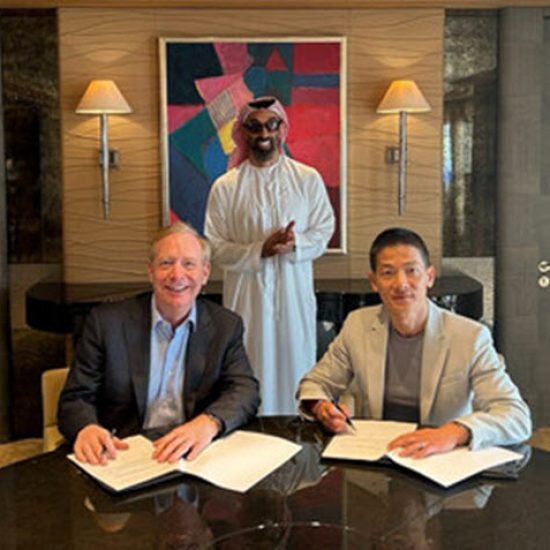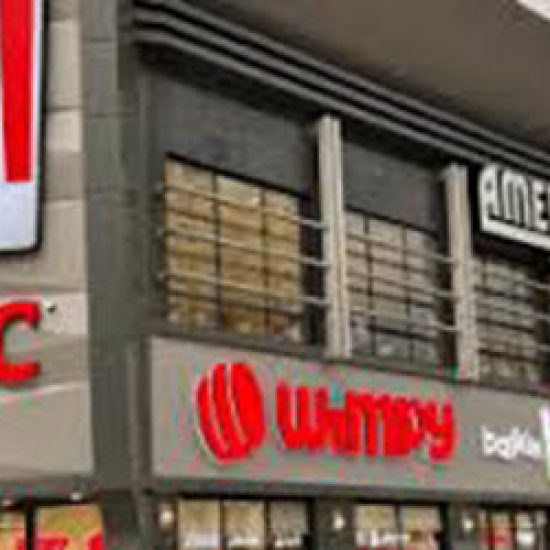 |TAP Special| Sharjah might soon have its own Metro, which could be linked to Etihad Rai, as part of a massive plan to develop the emirate’s transport infrastructure, according to sources familiar with the plan.
|TAP Special| Sharjah might soon have its own Metro, which could be linked to Etihad Rai, as part of a massive plan to develop the emirate’s transport infrastructure, according to sources familiar with the plan.
The newly-created Sharjah Roads and Transport Authority has been tasked with the responsibility of undertaking the feasibility studies in this regard. The plan also includes the development of new road networks and a tramway system. The time frame is not known yet.
The upgrade of the transport and communication infrastructure is expected to further boost Sharjah’s appeal as a more affordable alternative to Dubai and Abu Dhabi.
Steve Morgan, Cluttons Middle East Chief Executive, says a Metro network in Sharjah would bring about a radical transformation in accessibility across the city. Sharjah has announced a 7% increase in the budget for 2014-15, with almost 50% of the AED 15.4 billion budget allocated to further development of the economy. Morgan says this will add further impetus to the rising levels of real estate activity in both the residential and commercial markets across Sharjah.
According to data released by Meed Projects, Sharjah is planning a $2.3 billion investment in transport infrastructure projects over the next five years. The report also states that there has been a 300% increase in the number of new projects awarded in Sharjah in 2012 and 2013, with more than 90% of the contracts for the construction and real estate sectors.
The strong growth of the UAE economy has also been mirrored at an emirate level in Sharjah and this has boosted demand in both the residential and commercial property markets in the emirate, according to Cluttons.
The latest Spring 2014 Residential Market Outlook reports released by Cluttons point to rising rents in neighbouring Dubai, an influx of residents from troubled parts of the region as well as renewed economic activity and job creation in Sharjah, which are making the emirate an attractive option for tenants.
Average residential rents climbed by 4.5% during the first quarter of 2014, leaving them 19% higher than this time last year, further building on a 3.4% increase in Q4 2013. Average rents in Al Qassimiya have seen the strongest gains over the past 12 months, with rents now standing 36% up on Q1 2013. Villas on the other hand have registered a 13% rise in rents in the first quarter, which compares to a 25% increase throughout 2013.
According to Steve Morgan, the strong growth in villa rates has been catalysed by rising demand for villa communities, particularly along the Sharjah Airport/Maliha Road corridor. This is being fuelled by a rising population, which in turn is being driven by the emirate’s expanding aviation sector, a growing number of international schools and the proximity to Sharjah International Airport. Sharjah International Airport, through the brisk expansion of Air Arabia is starting to extend its sphere of influence on surrounding areas and is emerging as another budding UAE aerotropolis, in much the same way that Al Maktoum International is spurring development in areas south of Jebel Ali, he pointed out.
“Developers are also keen to capitalise on this strong demand and we are recording a substantial rise in the number of feasibility studies requested for master planned residential communities in this area. Not only does the Maliha Road corridor provide easy access into Dubai, but the mushrooming of these new lifestyle destinations will start to put Sharjah’s residential offerings on par with Dubai and Abu Dhabi, albeit on a smaller scale”
The report also reveals that the current political instability across parts of the Middle East has caused an influx of people setting up home in Sharjah, due to largely affordable rents and its rich Islamic heritage. The report points to these expatriates being flush with ‘refugee capital’, which is finding its way into Sharjah’s off-plan residential sales market. This has in turn encouraged some developers to return to the sales market. Although limited to a small number of instances, residential towers in locations perceived to be prime, have been sold entirely off-plan, with capital values hovering around the AED 400 psf mark.



![dubai flood is artificial rain behind uaes rare torrential weather[1]](https://thearabianpost.com/wp-content/uploads/2024/04/dubai-flood-is-artificial-rain-behind-uaes-rare-torrential-weather1-e1713378975696-550x550.jpg)


![2022 09 27T183330Z 84178340 RC2RJV9S1G6M RTRMADP 3 SAUDI POLITICS[1]](https://thearabianpost.com/wp-content/uploads/2024/04/2022-09-27T183330Z_84178340_RC2RJV9S1G6M_RTRMADP_3_SAUDI-POLITICS1-e1712223217759-550x550.jpg)

